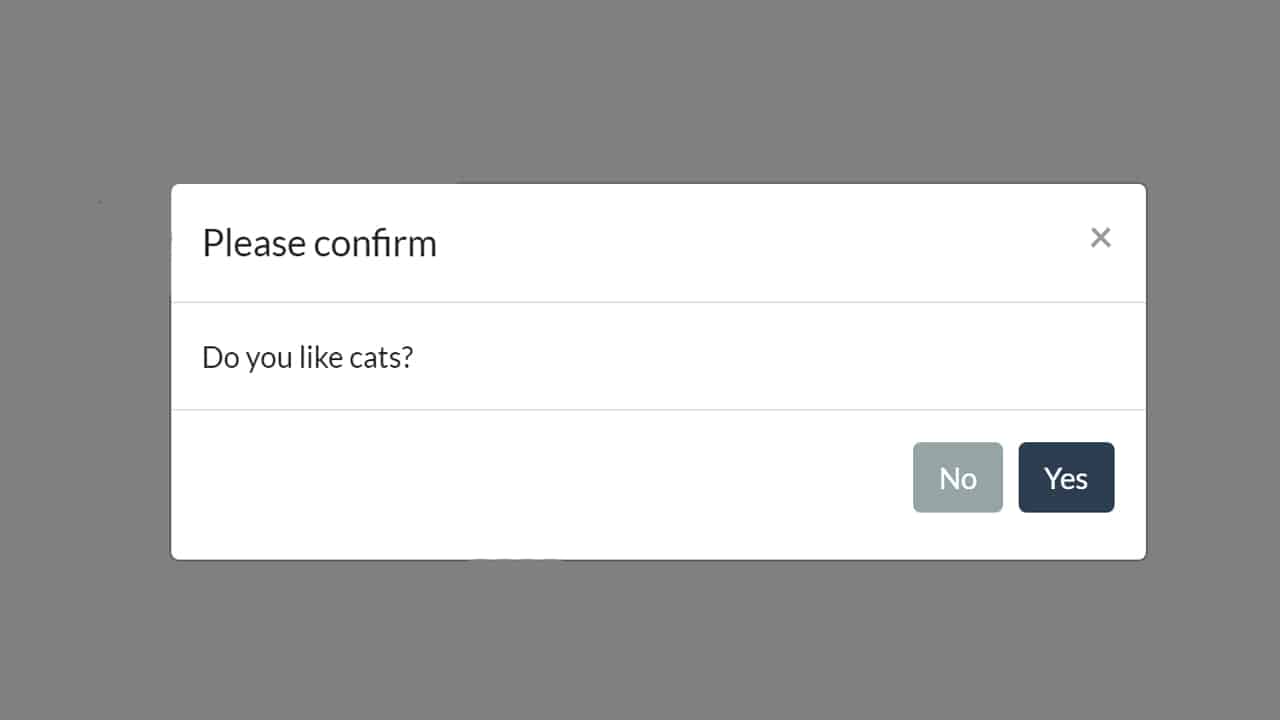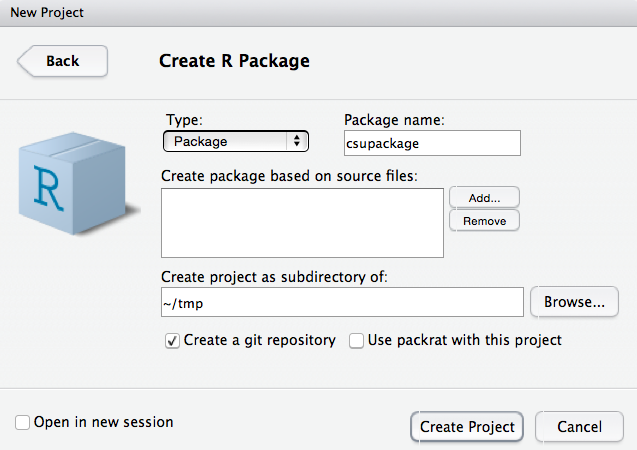

- #Load rmarkdown github portfolio how to#
- #Load rmarkdown github portfolio code#
- #Load rmarkdown github portfolio download#
Results = 'hide' hides printed output fig.show = 'hide' hidesĮrror = TRUE causes the render to continue even if code returns an error. Message = FALSE or warning = FALSE prevents messages or warnings Use this when writing reports aimed at people who don’t Use this for setup code that you don’t wantĮcho = FALSE prevents code, but not the results from appearing in theįinished file. Include = FALSE runs the code, but doesn’t show the code or results This is useful forĭisplaying example code, or for disabling a large block of code without (And obviously if theĬode is not run, no results will be generated). The most important set of options controls if your code block is executed and what results are inserted in the finished report:Įval = FALSE prevents code from being evaluated. Here we’ll cover the most important chunk options that you’ll use frequently. Knitr provides almost 60 options that you can use to customize your code chunks. If you forget, you can get to a handy reference sheet with Help > Markdown Quick Reference.Ĭhunk output can be customised with options, arguments supplied to chunk header. It will take a few days, but soon they will become second nature, and you won’t need to think about them. The best way to learn these is simply to try them out. The numbers are incremented automatically in the output.
#Load rmarkdown github portfolio how to#
The guide below shows how to use Pandoc’s Markdown, a slightly extended version of Markdown that R Markdown understands. Markdown is designed to be easy to read and easy to write. Rmd files is written in Markdown, a lightweight set of conventions for formatting plain text files. RStudio executes the code and displays the results inline with the code: You can run each code chunk by clicking the Run icon (it looks like a play button at the top of the chunk), or by pressing Cmd/Ctrl + Shift + Enter. Rmd, you get a notebook interface where code and output are interleaved.

Then, in the YAML header of the R Markdown, tell it to inlcude the new file at the beginning of the output HTML. You’ll also want to change the link URL at the very begining of the code: href="". This creates a blue icon, though the background color and GitHub figure color can be changed at style="fill:#1E80F0 color:#fff, in that order.
#Load rmarkdown github portfolio download#
The first step is to create a new file called “header.html” and paste in the following code (alternatively, you can right-click here, download this file, and place it in the same directory as the R Markdown). All thanks and praise should go to the creator It adds an animated link to GitHub in the top corner of the HTML output, just like you see at the top of this page. This is an incredibly easy way to spice up any R Markdown file.


 0 kommentar(er)
0 kommentar(er)
